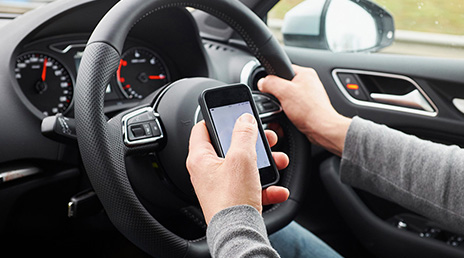Our data shows that fatigued drivers have slower reaction times, reduced focus and less control at the wheel.
In the UK, fatigue is tied to 10-20% of crashes. Our claims data also shows most serious accidents happen in the early hours of the morning. At 1.30am, over half (54%) of accidents lead to vehicles being written off, compared to just 23% at 6pm.
The average claim in 2023 at 1.30am was nearly £8,000, while late afternoon accidents cost around £5,700. As the night wears on, costs soar, with 4am claims averaging over £20,000 in 2023, and a staggering £50,000 in 2022.
Despite these risks, 80% of drivers admit their skills and safety drop when they're tired, yet one in four can't recognise the signs of fatigue.
Driving tired is a serious concern and it’s crucial you make sure you’re covered by a suitable level of car insurance in the event of an accident.
































